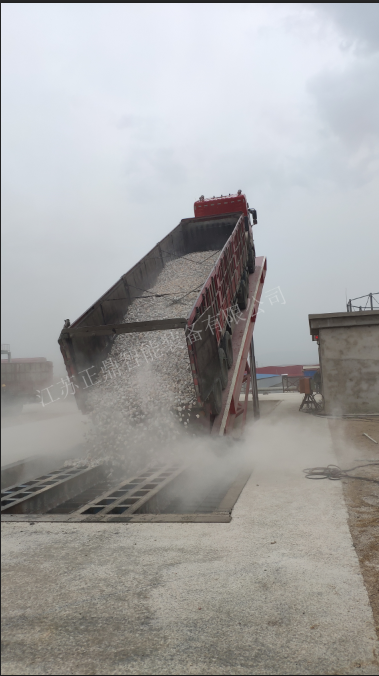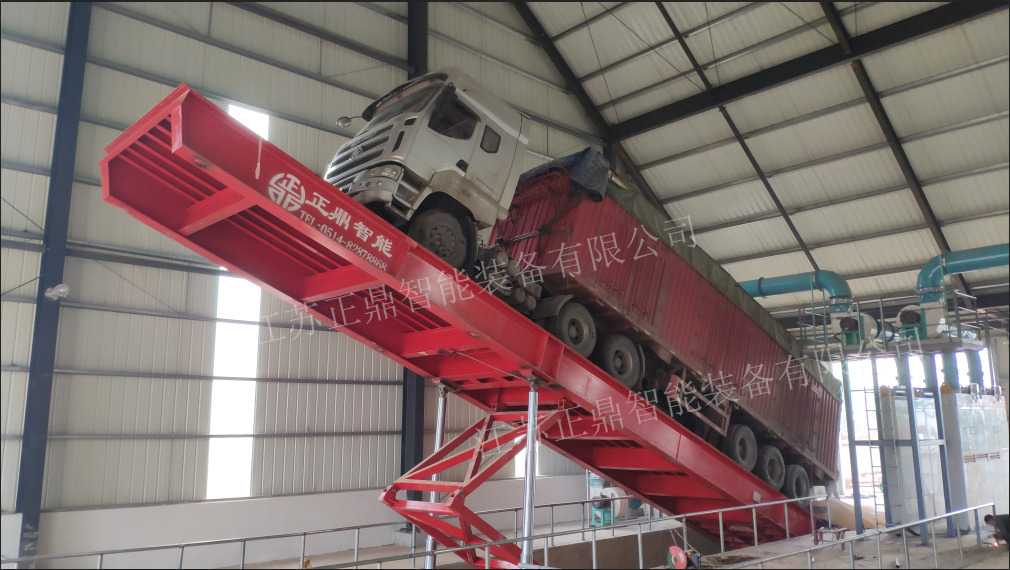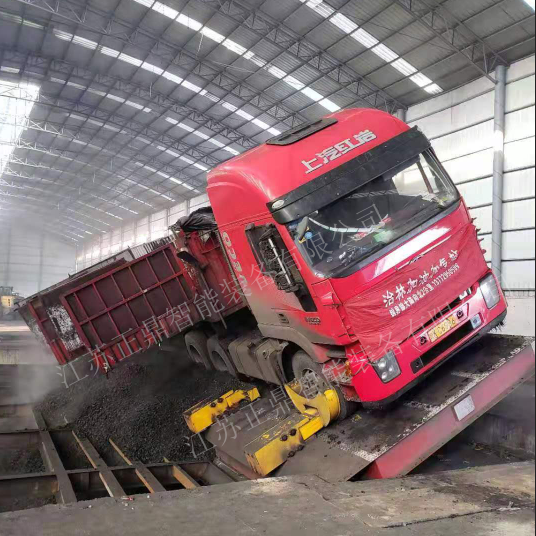loading unloading trucks
Loading unloading trucks represent essential equipment in modern logistics and material handling operations. These versatile vehicles combine the functionality of traditional trucks with specialized loading and unloading mechanisms, streamlining cargo handling processes across various industries. The primary system typically includes hydraulic lift mechanisms, automated ramps, and specialized cargo securing systems that enable efficient handling of diverse load types. Modern loading unloading trucks feature advanced technological integrations, including load sensors, digital control panels, and smart weight distribution systems that ensure optimal performance and safety. These vehicles commonly incorporate telescopic conveyor systems, hydraulic lifts, and adjustable platforms that can accommodate different cargo sizes and weights. The trucks' design prioritizes accessibility, with side-loading capabilities and rear access points that facilitate seamless loading operations in various environments. Safety features include stability control systems, emergency stop mechanisms, and advanced braking systems that protect both operators and cargo. These trucks find extensive applications in warehouse operations, distribution centers, manufacturing facilities, and retail logistics, where they significantly reduce manual labor requirements and increase operational efficiency. The integration of GPS tracking and fleet management systems enables real-time monitoring and optimization of delivery routes, while automated documentation systems streamline record-keeping processes. These vehicles represent a crucial link in the modern supply chain, enabling businesses to maintain competitive advantages through improved logistics efficiency and reduced handling times.


